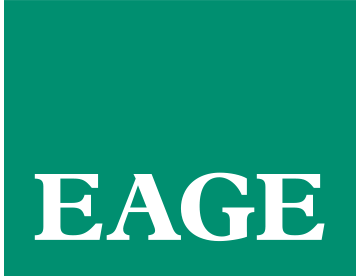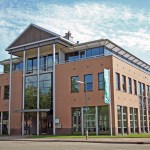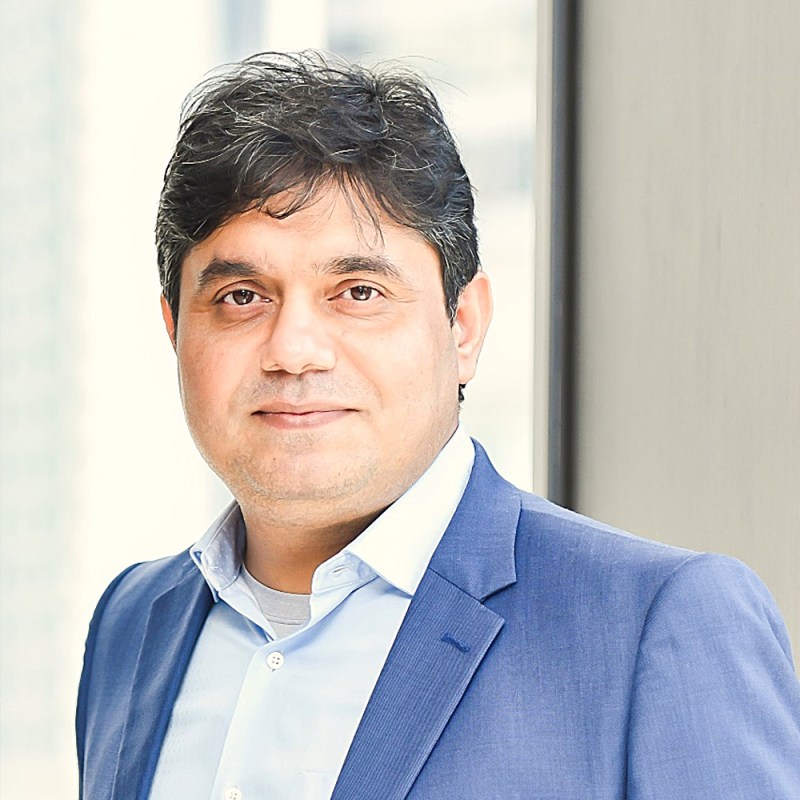
Sanjeev Rajput
candidate for Vice-President
Currently General Manager Head-Reservoir-Geoscience/Geophysics at PETRONAS Upstream
It is both a distinct privilege and a profound responsibility to be nominated as Vice-President of EAGE. This role reflects our shared commitment to leadership at a time of critical environmental imperatives and global transformations. Facing the urgent energy trilemma, EAGE’s diverse expertise across academia, industry, and research uniquely positions us to lead the bold, necessary transformations for sustainable energy practices globally.
At this pivotal moment, the need for resilient and innovative approaches in geosciences and engineering is paramount. Positioned at the forefront, EAGE is ready to turn significant challenges into groundbreaking opportunities through visionary leadership and technological innovation. My aim is to elevate EAGE’s global stature, driving solutions that bridge continents and cultures and establish new standards in our field.
With over two decades leading sustainable energy initiatives—from launching the world’s first Digital Oil Field concept to advancing Carbon Capture and Storage – I am deeply committed to steering EAGE to unparalleled heights in environmental guardianship and technological breakthroughs. My strategic vision includes:
- Catalyzing Technological Breakthroughs: Advance the integration of digital technologies to redefine geosciences, enhancing capabilities in subsurface and climate engineering, and energy analytics and beyond.
- Fostering Global Collaboration: Cultivate a dynamic ecosystem where geosciences and engineering converge, sparking innovative approaches through interdisciplinary collaboration among professionals, academics, and industries.
- Cultivating Diversity and Inclusion: Deepen our commitment to diversity, enriching EAGE’s collective intelligence and developing nuanced solutions to global challenges.
- Empowering Educational Excellence: Broaden educational programs for all professional stages, equipping members for leadership and maintaining EAGE’s reputation as a knowledge leader.
- Championing Open Innovation: Promote open science and data sharing to accelerate innovation and increase the societal impact of our work.
At EAGE, we are committed to leading the transition to integrated, resilient energy systems and enhancing collaboration across sectors to fast-track low-carbon technology adoption. This focus will cement EAGE’s leadership in innovation and sustainable progress.
My diverse experience in environmental protection and resource exploration has deeply influenced my appreciation for our community’s capabilities. As Vice-President, I am eager to leverage this potential to address the urgent global issues of our era. Together, we can ensure that EAGE remains a leader in innovation and a bastion of sustainable progress, dedicated to the monumental task of transitioning to a net-zero energy future.
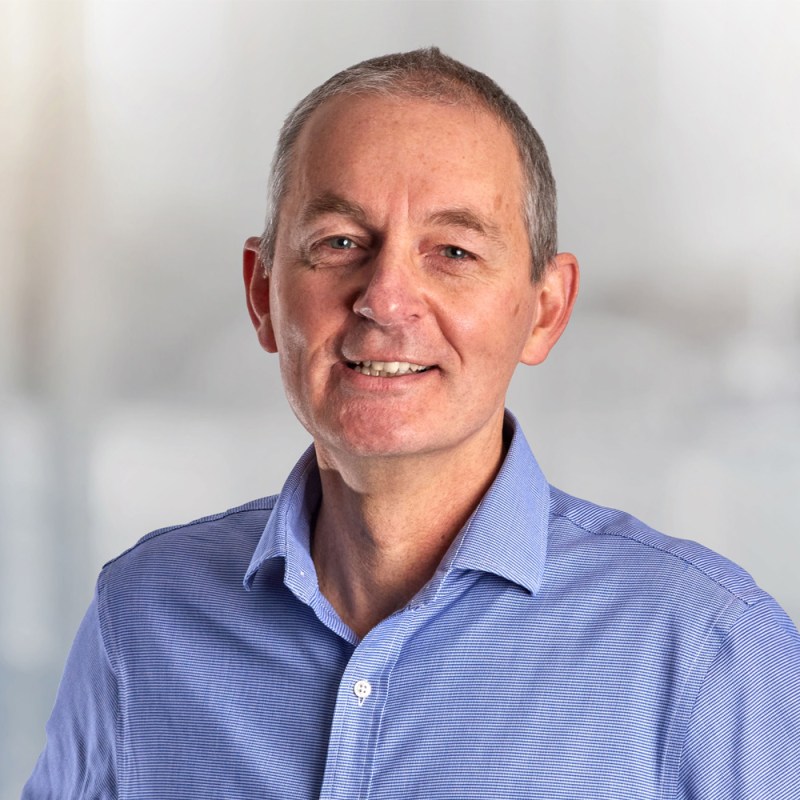
Martin Widmaier
candidate for Technical Programme Officer
Currently Chief Geophysicist for PGS Sales & Services
EAGE events such as conferences, exhibitions, workshops, and lectures, as well as publications have been key for my own learning, development, and networking throughout my education and professional career. Serving the association as the Technical Programme Officer (TPO) is a great opportunity to contribute to something from which I have personally benefited enormously. As EAGE’s TPO I will be committed to:
- ensuring EAGE provides conferences with high-quality technical agendas that embrace the association’s mission to promote the global development and application of geosciences and related engineering subjects.
- facilitating technical agendas that foster cross-disciplinary learning and cooperation.
- promoting innovation, technology advance and knowledge transfer that secures both affordable access to hydrocarbons, mitigation of carbon emissions, as well as the transition to energy solutions based on renewables.
- providing ample opportunities for our young professionals to share their work and to grow their network on their career path and route towards a sustainable future.
- maintaining and enhancing collaboration and exchange between international geoscientific societies.
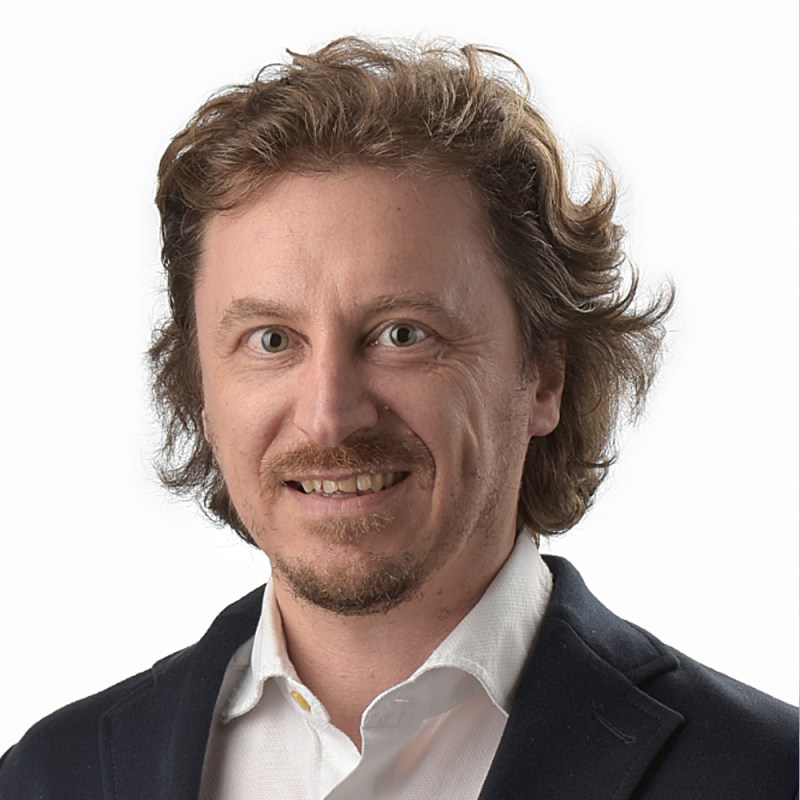
Diego Rovetta
candidate for Membership & Cooperation Officer
Currently HPC for Reservoir Technologies focus area champion at Aramco Global Research Center
It is a tremendous honor to be considered as a potential candidate for the EAGE Board.
I believe this association holds a pivotal role in gathering and facilitating knowledge sharing within the geoscience and engineering community in Europe and worldwide.
This is particularly crucial during these challenging times, where a balance needs to be found between the new energy transition and the O&G industry, which, evolving towards sustainability, will keep leading the technological investments of the coming years.
I also think that EAGE is extremely important to promote diversity at all levels and to include more and more students and young professionals in its activities.
As a member since 2007, I have greatly benefited from the association’s network of local organizations, which has allowed me to stay connected with the geoscience and engineering community throughout my career everywhere I was living, from Italy to Norway, from Saudi Arabia to The Netherlands.
In 2019 I decided to bring my own contribution founding an EAGE local chapter in the Netherlands together with other colleagues and friends. In five years, four of which under my presidency, the local chapter reached more than two hundred members with more than fifty events organized and it has been awarded with the “Best Local Chapter Newcomer” prize in 2021 and the “Best Local Chapter” prize in 2023.
From this experience, I learned how to use my skills to foster communications and cooperation among the local community, staying active also during challenging times, exploring new topics, encouraging team-building and engaging new members with the association.
I believe it is a natural step forward for me now to get more involved with EAGE at the Board level and I am eager to make available my experience and energy for the benefit of the members of the association.

Florina Tuluca
Candidate for Vice-Chair Near Surface Geoscience Circle
Currently Lecturer at the Faculty of Geology and Geophysics, University of Bucharest
I start by emphasizing the honour I feel for the nomination and for being considered as a candidate to become a Board member at the EAGE, as over the past 18 years the EAGE activity positively influenced my career and personal growth in the field of geosciences.
18 years ago, while I was a student, I attended for the first time the Annual Meeting of EAGE. That first encounter with the sphere of EAGE was quite important for my career and the overall experience as a participant at the EAGE events and serving in the NSG Circle made me appreciate even more the EAGE mission, the value it provides, the importance of a geoscientific association to the society and the work of the people behind all the EAGE fantastic actions.
I believe that my technical background, my international experience in NGOs and professional associations (Balkan Geophysical Society & Romanian Society of Applied Geophysics), and my track record in leading changes in the geoscientific community of Romania will bring a valuable contribution to the work of the EAGE in these times of significant and rapid changes both for the industry as well as for the academic world.
I was part of the group that made a brave decision and founded, in 2012, the Romanian Society of Applied Geophysics (SGAR). Through the work, I’ve done in the service of the community, in various roles, I won the appreciation of my colleagues who entrusted me presidency (2nd term) of this professional association, being the first woman to ever lead a geophysics society in Romania. I made this mention as I wanted to highlight that I’ve overcome the barrier of gender discrimination, which still affects the field of geoengineering, and brought my support to the development of the geoscientific community, leading the SGAR to bring positive impact to both young scientists and high skilled geo-engineers.
When I join a team, I am fully committed to the development and implementation of strategies and pursue the objectives. I hope I am going to have the honor to be part of the decision-makers group of EAGE as I would love to work in developing, even more, the strategic status that EAGE has in managing the relations between industry stakeholders and education in geosciences. I consider that only through a strong society as the EAGE it could be possible to bring value at an international level to the development of human resources in the field of geosciences, at this very moment when there should be a boost of registrations in the profile faculties of geophysics and geoengineering, but statistics show a decrease in the number of students walking on the geoscientific path.
Based on my professional as well as my experience as part of the NSG Circle members, I feel confident I can provide valuable assistance for EAGE future steps.
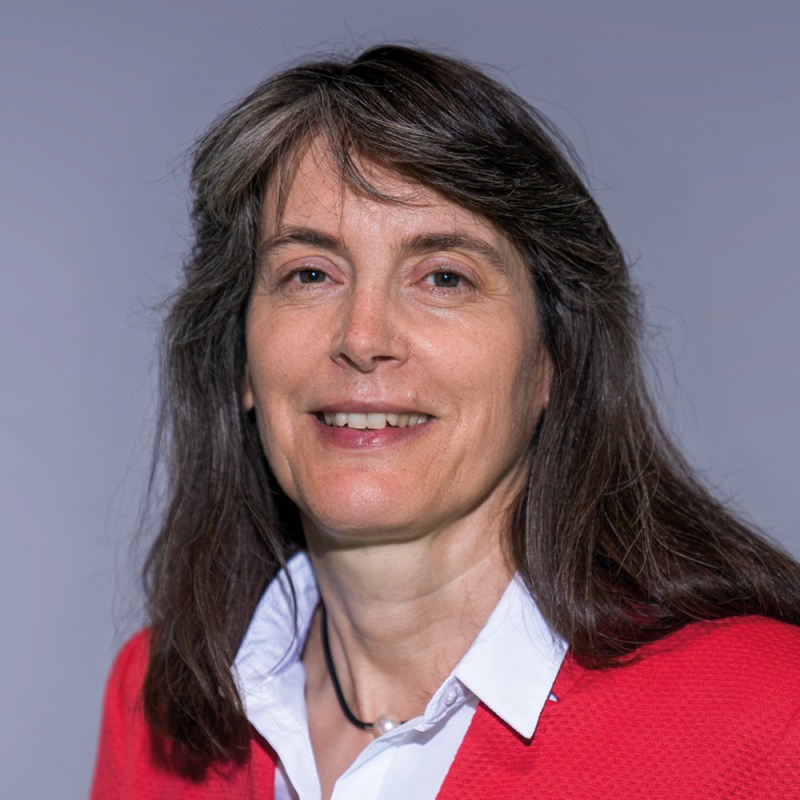
Maren Kleemeyer
Stands to be Re-Elected for Education Officer
We are living in unprecedented times of change and uncertainty, requiring our learning activities to respond quicker to current and emerging needs and technologies. Experienced professionals, academic experts, practitioners looking for new solutions and students searching for skills to master future challenges need to connect and support each other, enabling fast and effective learning – where could that happen better, if not in our community of Engineers and Geoscientists?
As Education Officer I want to continue the diversification of our educational program in terms of topics, instructors, and formats. As the industry moves through the Energy Transition, we as Geoscientists and Subsurface Engineers need to adapt quickly, demonstrating that our core skills remain highly relevant and can be efficiently transferred and expanded to new areas beyond the conventional exploration and production of Hydrocarbons. Our program therefore needs to offer a broadened spectrum, including new energies, energy storage, CO 2 sequestration and storage, geotechnical and near-surface applications, as well as data science – to name a few.
At the same time, our students and new professionals wonder how their jobs and roles might look like in the future and reach out for guidance and role models. As EAGE, we should leverage our diverse global expertise and insights, ensuring that our combined knowledge is well reflected in our course offerings and by our instructors. In parallel, our virtual and on-demand online educational offerings should be increased and enhanced to provide maximum flexibility to our learners and capture deep/niche knowledge, that does not find a large enough audience and might be lost otherwise.
I joined the EAGE more than 28 years ago as a student of Geophysics at Technical University of Clausthal/Germany and have enjoyed its wealth of experience, networking and educational opportunities ever since. After graduation, I started my career in the oil-and-gas industry in 1994 and worked in several locations around Europe as Processing- and Reservoir Geophysicist, as well as Team Lead for Shell and its Joint Ventures. For the last 6 years, I have been responsible for the Geoscience courses in Shell as Learning Advisor. In addition to directing and facilitating classroom and virtual courses, a significant part of this role includes the development and refresh of engaging specialist and integrated, quality course content, working closely with Discipline Leaders, experts, and learners at all levels.
My engagement in the EAGE has evolved over time from conference-presenter to contributions as technical reviewer, chairperson, mentor and active member of the Education Committee for several years. Serving as Education officer is a great opportunity for me to continue this journey and to contribute with my demonstrated professional skills and experiences and my passion for learning.
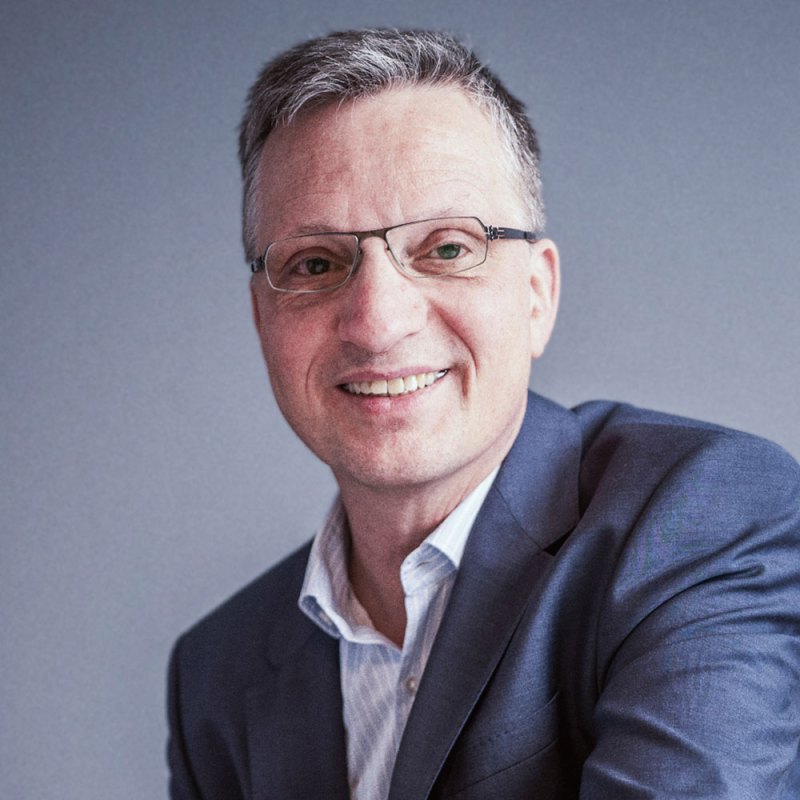
Christian Henke
Candidate for Secretary-Treasurer
Currently Managing Director at Henke Energy, advising on energy transition projects and E&P innovations
I am deeply honored to have been nominated to be the Secretary-Treasurer on the EAGE Board.
Our global society faces unprecedented challenges in the face of climate change and the imperative shift towards sustainable energy. EAGE stands as a beacon, offering a formidable platform to support and expedite the necessary transformations. The promotion of geoscientific and engineering advancements and their practical applications is now more vital than ever.
Through numerous conferences, workshops, exhibitions, and educational programmes, EAGE has created excellent opportunities for information exchange, interdisciplinary and international collaboration, and knowledge transfer for its members and supporters. As a member since 1987, I have continuously benefited from its offerings. From 2014 to 2022, I was actively involved as Chairman of the EAGE PACE Committee.
As a dedicated geoscientist and energy sector expert with extensive international experience, I possess a diverse skill set that includes proficiency in business processes and personnel and technology management. Additionally, I bring a strong combination of financial expertise and forward-thinking strategic planning, underscored by a steadfast dedication to transparency and accountability.
I am excited to contribute to and enhance these offerings for the members. I am committed to utilising my expertise, experience, and enthusiasm to elevate our association to new levels of excellence and influence.
